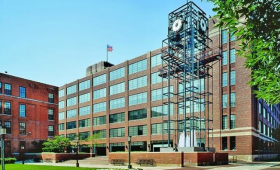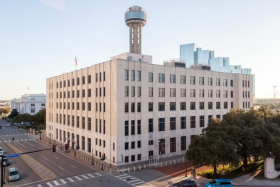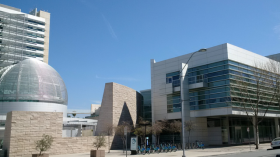The USPTO has made the long-awaited announcement that it is now possible to hand-carry patent and trademark applications for filing in the Detroit, Denver, San Jose, and Dallas patent offices. Each office has a staffed receiving window open until midnight local time, Monday through Friday, excepting federal holidays.
| Detroit patent office:
300 River Place South, Suite 2900, Detroit, MI 48207
Eastern time zone |
 |
| Denver patent office:
1961 Stout Street, Denver, CO 80294
Mountain time zone |
 |
| Dallas patent office:
207 South Houston Street, Dallas, TX 75202
Central time zone |
 |
| San Jose patent office:
26 South Fourth Street, San Jose, CA 95113
Pacific time zone |
 |
Importantly this will permit filers who are located nearby to the patent offices in Dallas, Denver, and San Jose to hand-carry patent and trademark applications to the local patent office until midnight local time, which is past midnight in Alexandria, Virginia. Such an application will receive a filing date based upon the local time. Thus for example a filer could get a same-day filing date in San Jose by hand carrying an application to the San Jose patent office just before midnight Pacific time, which is almost three hours past midnight in Alexandria, Virginia.
In its announcement, the USPTO cautions filers that if a patent application (other than a provisional application) is filed by means of hand-carrying, a $400 fee is charged for paper filing. That fee is reduced to $200 for a small entity and is further reduced to $100 for a micro entity.
Likewise a hand-carried trademark application incurs a higher government fee than an e-filed application, namely $375 per class as compared with $325 or less per class for an e-filed application.
According to the USPTO’s announcement, the new filing options are available starting today, April 1, 2016.
Have you tried out the new hand-carry filing options at any of these patent offices? If so, please post a comment below and describe how it went.
(Updated to admit that this is an April Fool’s posting.)
 A week ago USPTO launched its new Financial Manager system. A core component of this FM system is The New USPTO.gov Account system. As explained on the USPTO web site, The New USPTO.gov Account system “will one day be your single means of accessing USPTO services and applications”. In other words, it will be a successor to the present-day system of logging in at EFS-Web and Private PAIR.
A week ago USPTO launched its new Financial Manager system. A core component of this FM system is The New USPTO.gov Account system. As explained on the USPTO web site, The New USPTO.gov Account system “will one day be your single means of accessing USPTO services and applications”. In other words, it will be a successor to the present-day system of logging in at EFS-Web and Private PAIR.




